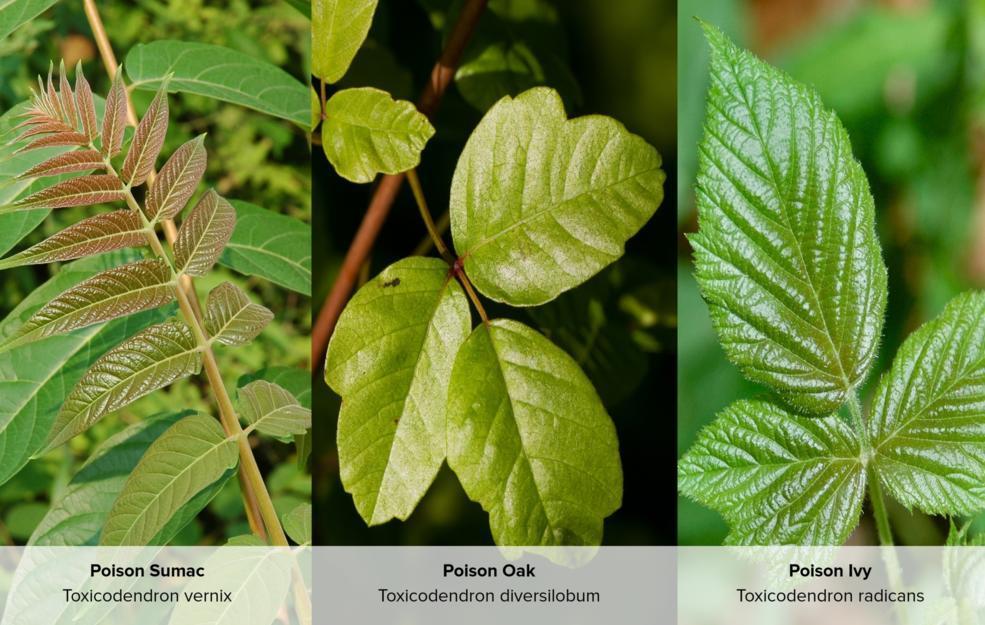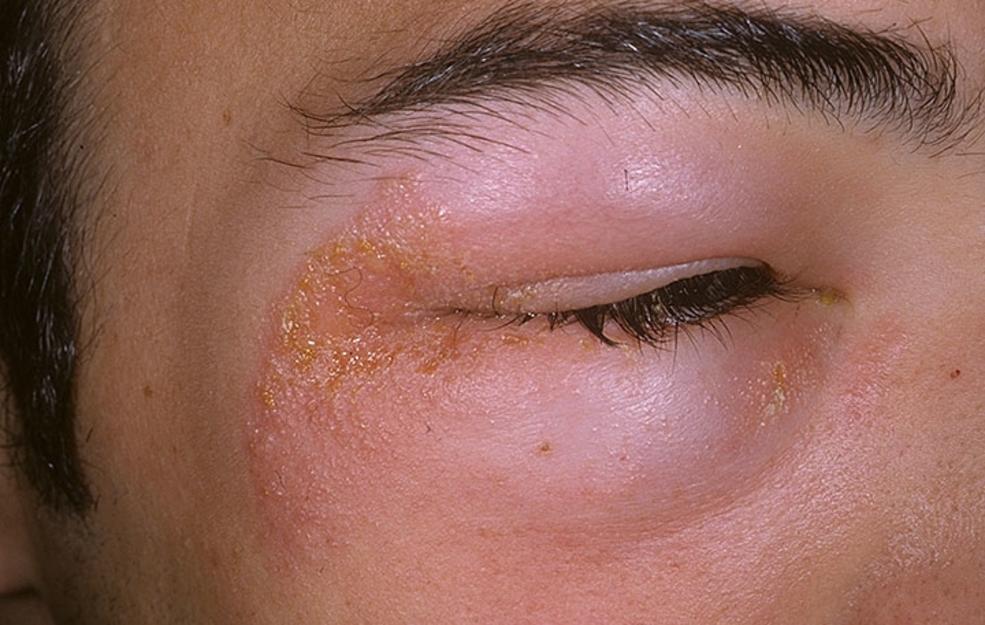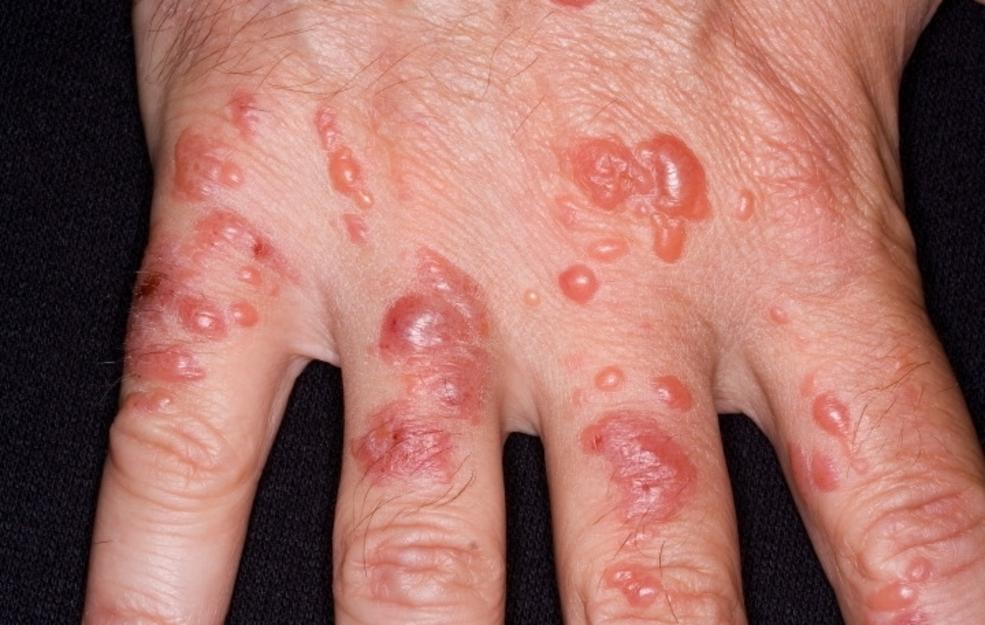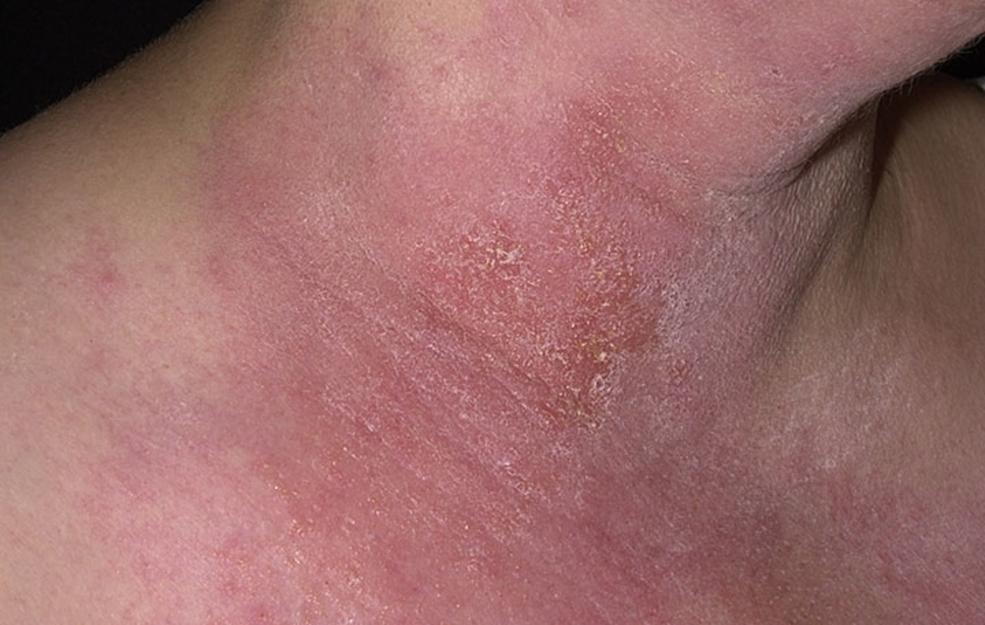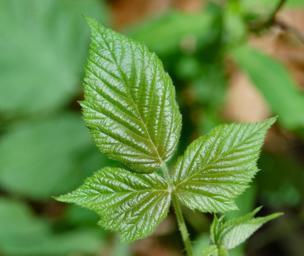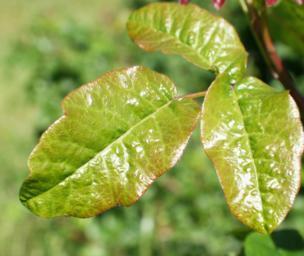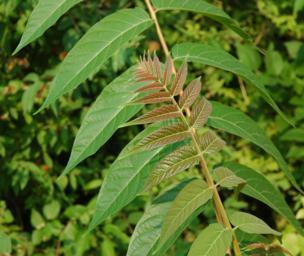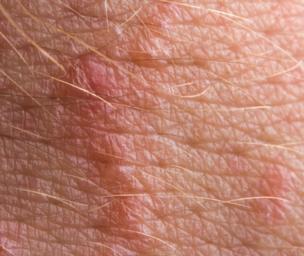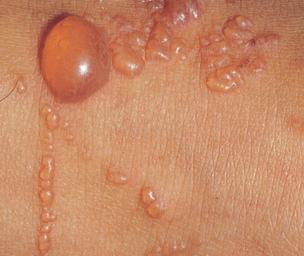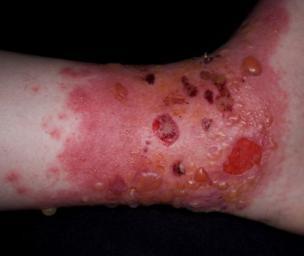The Differences Between Poison Ivy, Oak, and Sumac
Poison ivy, poison oak, and poison sumac are three plants that contain a similar kind of poisonous oil. They are visibly distinguished by their leaves and colors. Urushiol oil is found in poison ivy, poison oak, and poison sumac, which causes skin rash, blisters, and irritation if the skin is exposed to it.
The three plants can each cause a temporary, annoying rash when they come in contact with the skin. The rash is a type of an allergic interaction known as dermatitis, which causes an interaction in the skin.
Poison Ivy:
In general, poison ivy has three wide, spoon-shaped leaves, but sometimes more. It may grow as a rising or low-spreading vine that straggles through grass (more common in the eastern United States) or as a bush (more common in the Canada, the northern United States, and the Great Lakes region).
The color of these plants can differ throughout the year.
Poison Oak:
Poison oak has leaves that look like oak leaves, generally with three leaflets, but, occasionally, up to seven leaflets. It grows as a vine or a bush and is more common in the western United States, but is also found in the eastern region and, sometimes, in the Midwest.
Poison Sumac:
Poison sumac has seven to thirteen leaflets per leaf branch. The leaves have smooth ends and sharp tips, and it grows as a bush or a small tree. It is found in damp, wooded areas, such as Florida and regions of other southeastern states, and in wet, wooded areas of the northern United States.
Symptoms of an allergic reaction from these plants may remain for one to two weeks and include:
- Red strips or spots
- Itching
- Rashes
- Inflammation
- Bubbles that may leak and later crust over
- Burning sensation
- Swelling of the eyes and face
If you have been in contact with either of these plants for the first time then the rash would not appear quickly, it can take weeks for the rash to appear on the skin. In some cases, it can appear within a couple of hours or a few days. You cannot give this rash to another person. Even if the person touches the rash or the blister fluids they won’t get contaminated. The only known way to get this is through direct contact with the oil.
Poison ivy, oak, and sumac all belong to the plant species Toxicodendron, so the allergic response to all of these plants has the same name: Toxicodendron dermatitis. There are actually four poisonous plants in this set, as poison oak has both a western and an eastern variant. All four plants are comprised of urushiol, so the skin response and treatment are essentially the same.
Poison ivy, poison sumac, and poison oak are generally diagnosed by their common signs of a rash, itching, and blisters following outdoor activities in a field or forest.
Who Is Allergic to Poison Ivy, Poison Sumac, and Poison Oak?
Not everyone is allergic to these plants. Up to 85% of the American population is allergic to poison ivy, leaving at least 15% unaffected by any reaction.
If a person is allergic to poison ivy, that person is more likely to be allergic to poison sumac and poison oak, too, because all three plants hold the same rash-causing plant oil called urushiol.
Reactivity to poison oak, poison ivy, and poison sumac differs from a minor to a severe reaction and may not cause any reaction the first time you are exposed to the plant. Some adults sensitive to poison ivy as children may find they are now less sensitive or not sensitive at all.
The various symptoms of these three plants such as redness, swelling and itching are all associated with the body’s response to the oil, which is known as urushiol. This oil in itself does not cause any harm, however, when it comes in contact with the human body, it responds in a way to attack the dermal layer of skin, which has urushiol oil bound.
The attack on the dermal layers leads to redness, itching and swelling of the affected area. Usually, urushiol must penetrate the skin to cause an effect. However, there are certain places in our body that have thick skin, such as the bottoms of our feet and palms. These areas are less sensitive in comparison to the other area where the skin is thinner. Also the severity of the condition would depend upon extent of the exposure to the urushiol oil.
Causes
Many people develop a rash when urushiol comes in contact with the skin through plant leaves, stems, or roots.
Urushiol speedily enters the skin, frequently leaving red lines where you scrubbed against the plant. Symptoms arise twenty-four to seventy-two hours after exposure. Scratching the itchy rash doesn't cause it to spread, but it can extend a skin curing process and cause minor contamination. The rash, however, is not contagious.
Three types of transmission can occur:
- Straight contact with the plant
- Indirect contact if you touch gardening tools, pets, sports equipment, or other objects that have had direct contact with the plant
- Airborne contact from burning these plants, which releases particles of urushiol into the air that can penetrate the skin, eyes, nose, throat, or respiratory system
Treatment
Some topical creams containing steroids are applied for two to three weeks for a mild, local reaction.
Home remedies for a mild rash include:
- Washing the area with mild soap and lukewarm water as soon as possible
- Washing all clothes, socks, tools, shoes, pets, and toys that may have become infected
- Cold bandages may help during the blistering period.
- Calamine lotion for itching
- Cool showers or a mixture of baking soda and water applied to the affected portion (for itching)
Call your physician or a dermatologist if you experience:
- Severe blistering, inflammation, and irritation
- Symptoms occurring in sensitive areas, such as the lips, throat, eyes, or genitals
- Fever
- A rash over large areas of the body
- A rash remaining longer than a week to ten days
- Blisters that become infested with pus and fluid
You need to get medical help quickly if you have difficulty breathing or severe coughing after exposure to any of these three plants.
In some cases, an oral steroid or other medication may be needed to get relief from severe symptoms.
Preventive measures for rashes from poison ivy, poison oak, and poison sumac include:
- Think of the old proverb: "Leaflets three, let them be." Poison oak and poison ivy have a triple-leaf stem structure that you can learn to identify and then avoid.
- Avoid any type of contact with these three plants whenever possible.
- Wrap your skin completely while trekking, hiking, camping out, or working in forests and around bushes. Wear long-sleeved clothing, gloves, long pants, socks, and boots. Keep in mind that you can also get a rash from secondary contact from pets, clothes, or tools that have urushiol spread on them.
- Ask your doctor about over-the-counter skin products that contain a shield, such as bentoquatam, to protect the skin from urushiol if you work outside in forests or other similar jobs that put you at risk of frequent exposure.
- Urushiol oil is known to be pervasive, even though it is mostly bound to humans it can also get on to your pets, shoes, bedding or gloves. This would lead to contamination of the surface. Use of soap and water would wash away the urushiol oil from the non-human surfaces. If there have been any tools used outdoors and come in contact with the plants, then clean them properly. When you were exposed to the plant, ensure to wash your clothing as well before the oil comes in contact with another surface. You should even wash your plants. Remember, urushiol oil can be toxic for more than a year.
